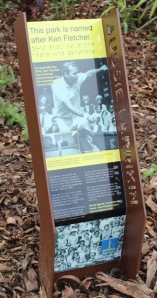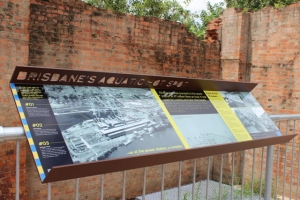 Getting into a home-office headspace isn’t easy at the best of times. Making the readjustment when COVID-19 is dictating how we live, socialise and work is a real challenge.
Getting into a home-office headspace isn’t easy at the best of times. Making the readjustment when COVID-19 is dictating how we live, socialise and work is a real challenge.
Before taking on a full-time role two years ago, I spent 15 years working on major projects, both from home and client offices. Distractions, I’ve had a few. Especially during school holidays, when our five blended (and stir-crazy) young children created full-on havoc.
Along the way, I’ve picked up a few useful tips that might help your transition and improve your home-work productivity. It’s worth a shot, right?
- Turn up at the desk, preferably not in your pyjamas. I once heard about a woman who’d get into her corporate wear and walk around the block with her briefcase as if she was going to a workplace. Okay, we’re in lockdown and a skirt and heels don’t count as exercise wear. You could also be mistaken for an end-of-the-world salvation salesperson, but you get the point. Getting dressed, making your coffee or tea, and turning up at the desk sends signals to your brain that it’s work as usual – and that means being outcomes-focused not just checking in.
- Switch off for a productivity hit– obsessively checking your emails and social media is just going consume your brain and your day.
Emails: schedule in times for checking and responding, and stick to it. Turn off your email notifications and consider setting up an auto-responder so people will know they’re not going to hear from you straight away – and to call you if it’s super urgent. You might be surprised that most people are okay without an instant response.
Social media: wrestle that FOMO beast to the ground and have designated social media blackout times. Since 95% of posts are COVID-related, you won’t be missing much – except the anxiety spikes.
- Make a plan – On Fridays, write your plan for the following week. This helps to keep you on track and motivated, and there’s something satisfying about ticking things off as you go. Disclaimer: be realistic. Don’t put 30 things on the list if you can only achieve five.
- Forget multi-tasking – it really doesn’t work and, in the home office, it’s a disaster. You’ll get to the end of the day and not have a clue what you’ve done. So check your weekly plan, pick a priority task and block off the time to do it, then dive in and work on that concentration muscle (which will only get stronger).
- Keep active and connected – don’t skip your lunchtime chat, walk, crossword or whatever it is you do to break up your usual day at work. And don’t give up those Friday afternoon wine-downs over Zoom, Skype, Facetime, Houseparty or whatever your favourite platform is. Taking care of your physical and emotional wellbeing is always important – and it’s absolutely vital in these challenging and isolating times!
If the idea of switching off or writing a weekly plan makes you break out in a cold sweat, start small and build up to it, just like you would if you were learning to run. It takes two weeks to form a habit apparently – which is good because we might be in the home office for a while yet. So #stayhome, stay well and be productive. We can do this!

Read more dragonfly posts:








 Dual lane roads in Australia once featured signs that said ‘Slow vehicles use left lane’.
Dual lane roads in Australia once featured signs that said ‘Slow vehicles use left lane’.  We live in a world where change is constant, relentless.
We live in a world where change is constant, relentless.  When my partner and I were trekking in Nepal recently, and we hit some tough spots, our sherpas would smile and say ‘bistaarai, bistaarai’ – go slowly and carefully.
When my partner and I were trekking in Nepal recently, and we hit some tough spots, our sherpas would smile and say ‘bistaarai, bistaarai’ – go slowly and carefully.